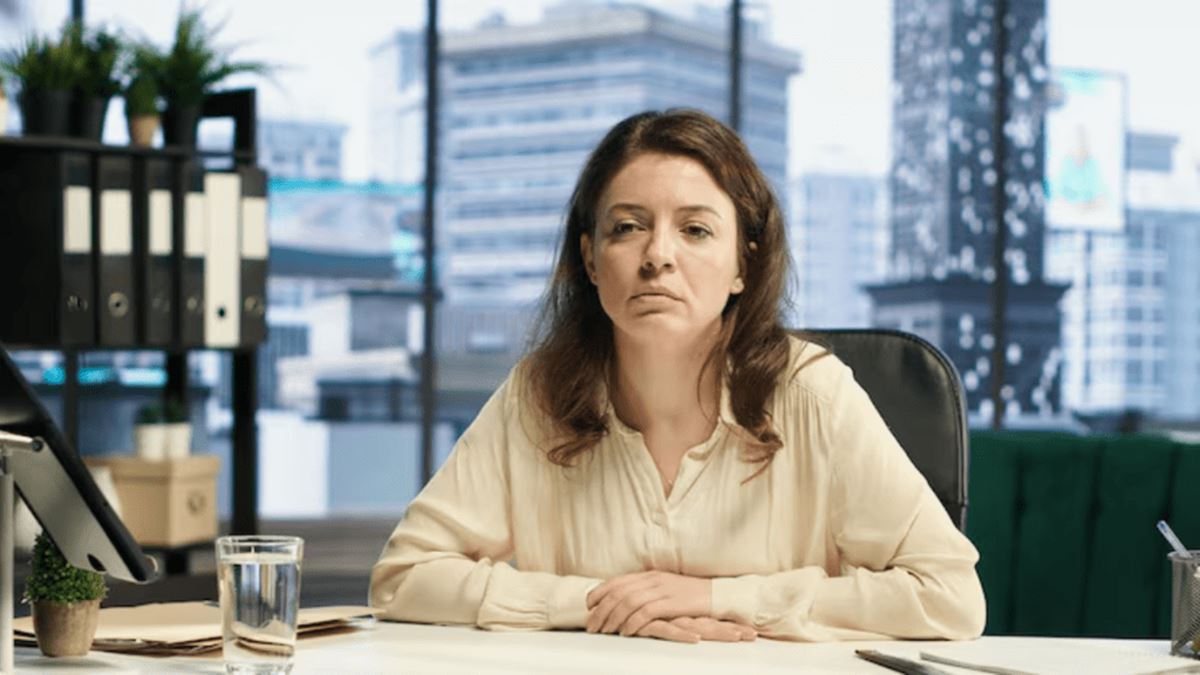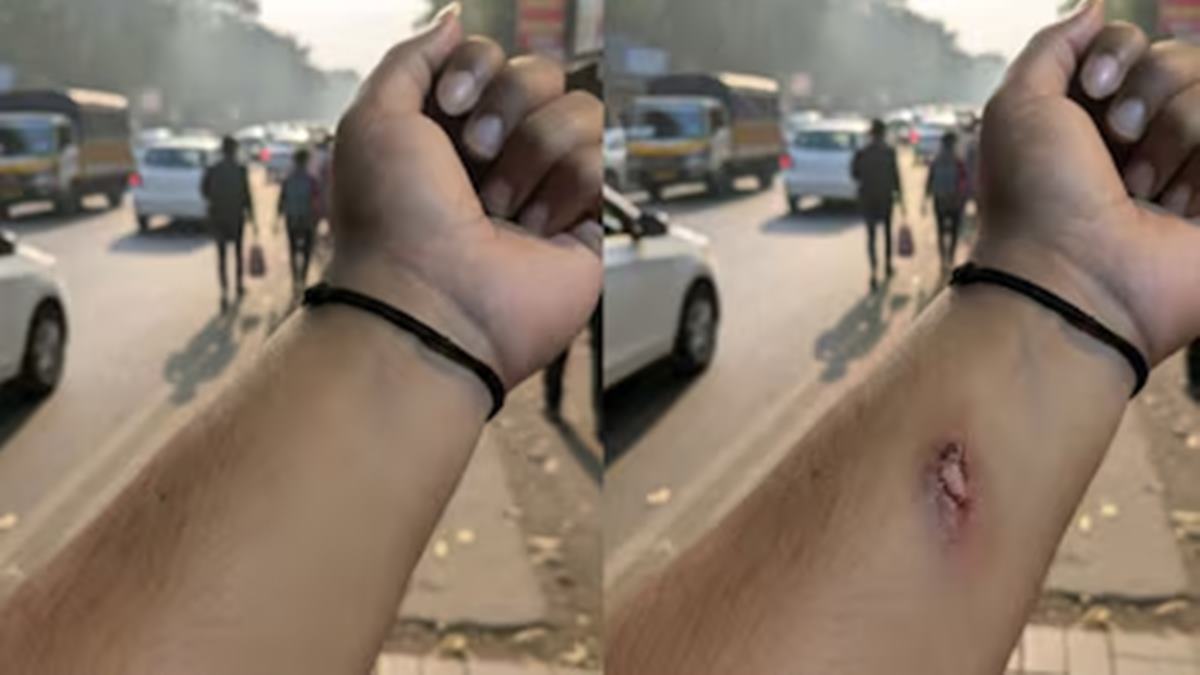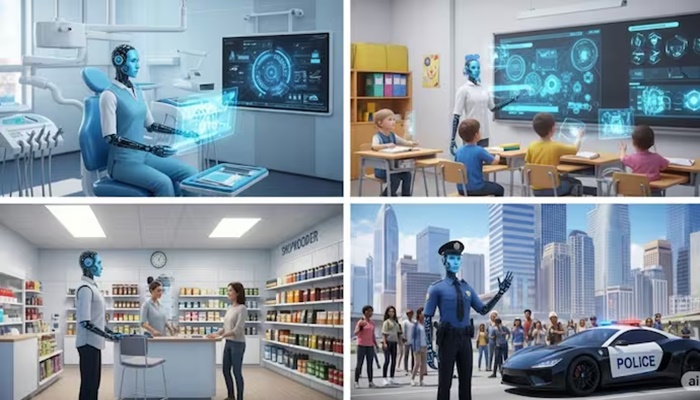AI has taken the blame for the business world’s fear and frustration, bearing responsibility for the layoff anxiety flooding the business world and enduring the bitter berating thrown at it in virtually every industry. But let’s be clear: AI didn’t break your organization chart. It didn’t confuse your workflows. It didn’t erode your culture.
Yet, AI has taken the role as the villain, while leaders step back and wash their hands clean. The truth? It’s just the most convenient scapegoat in the room.
The problem, however, is that artificial intelligence isn’t wholly to blame for the conditions that have caused employee confidence to drop to record lows in recent days. While AI may contribute to the layoffs, it is not causing them. Yet, AI’s appearance has opened a beautifully convenient window for leaders, allowing them to let AI fall on the sword and take the blame for layoffs.
A deeper look at today’s business landscape reveals systemic incompetence as the core issue driving layoffs. Systemic incompetence is rampant today, almost becoming a normalized fabric of company culture that employees have just been battered into dealing with
To be fair to leaders, some degree of systemic incompetence is to be expected as companies move forward. Evolution, innovation and growth actually require a level of imperfection that translates into operational inefficiencies.
However, many leaders have embraced growth-related inefficiencies as a part of the deal rather than a problem they need to address. And as their lack of action has led to frustration in the workforce, they’ve welcomed AI as the savior that can fix inefficiency while doing away with complainers.
Today’s leaders fail to see that AI is an employee just like the employees it is replacing, only more efficient and less likely to complain. Replacing humans with AI won’t fix dysfunction. It will just automate it, then amplify it. In fact, it might just propel companies more quickly along the tragic trajectory set by their incompetence.
The following are some steps companies should take to address systemic incompetence before integrating AI.
Clarify Accountability and Role Structure to Maximize the Impact of AI
Sound business systems are built upon accountability. Every member of the team needs to know what is expected of them. Lack of clarity leads to confusion, leading to wasted time and lost profits.
Accountability is also key to motivation. When employees know what is expected of them and what is not expected of them, they can take ownership, focus, and deliver. When they are left guessing, they ultimately feel abused, which circles back to them feeling battered.
When accountability isn’t a priority, productivity and profitability are impacted. Layoffs are one fix that companies turn to when those symptoms crop up.
One big question for companies integrating AI is, “If you’re already doing a poor job at clarifying accountability and role structures for the humans in your company, how good will you be at doing the same for AI?” The likely answer is, “Not good at all.”
Companies must define who is accountable for ensuring AI has the resources it needs to deliver and for ensuring AI outputs are accurate, reliable and effectively incorporated into the system. If AI is your new top employee, who’s its manager? Who’s making sure it has clear instructions, measurable outputs and doesn’t quietly spiral into chaos like every other under-supported hire? AI can be a high-producing employee, but it still needs a support team and a manager.
The relationship between HR and IT is out of alignment in many companies and can suffer significantly if accountability is not addressed before AI is dropped into the equation. Without clearly defining each team’s role in evaluating and supporting AI tools, companies risk creating destructive fractures that can destroy the entire organization.
AI is not only being villainized as the root of layoffs but also romanticized as a problem solver. Companies see it as the “easy button,” so they drop it into operations without clarifying accountability and role structure. Consequently, they get a tool that supercharges their issues along with their output.
Clarify Accountability and Role Structure to Maximize the Impact of AI
Sound business systems are built upon accountability. Every member of the team needs to know what is expected of them. Lack of clarity leads to confusion, leading to wasted time and lost profits.
Accountability is also key to motivation. When employees know what is expected of them and what is not expected of them, they can take ownership, focus, and deliver. When they are left guessing, they ultimately feel abused, which circles back to them feeling battered.
When accountability isn’t a priority, productivity and profitability are impacted. Layoffs are one fix that companies turn to when those symptoms crop up.
One big question for companies integrating AI is, “If you’re already doing a poor job at clarifying accountability and role structures for the humans in your company, how good will you be at doing the same for AI?” The likely answer is, “Not good at all.”
Companies must define who is accountable for ensuring AI has the resources it needs to deliver and for ensuring AI outputs are accurate, reliable and effectively incorporated into the system. If AI is your new top employee, who’s its manager? Who’s making sure it has clear instructions, measurable outputs and doesn’t quietly spiral into chaos like every other under-supported hire? AI can be a high-producing employee, but it still needs a support team and a manager.
The relationship between HR and IT is out of alignment in many companies and can suffer significantly if accountability is not addressed before AI is dropped into the equation. Without clearly defining each team’s role in evaluating and supporting AI tools, companies risk creating destructive fractures that can destroy the entire organization.
AI is not only being villainized as the root of layoffs but also romanticized as a problem solver. Companies see it as the “easy button,” so they drop it into operations without clarifying accountability and role structure. Consequently, they get a tool that supercharges their issues along with their output.
Source – https://builtin.com/articles/ai-not-to-blame-for-layoffs




















